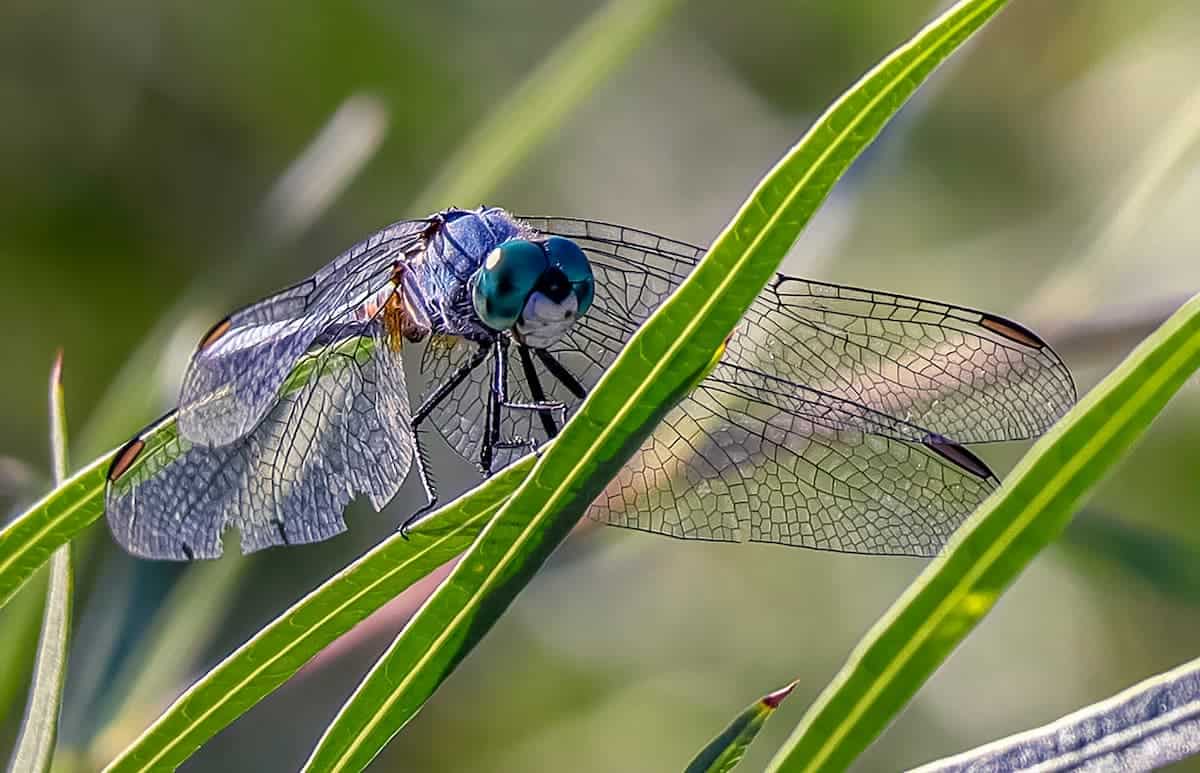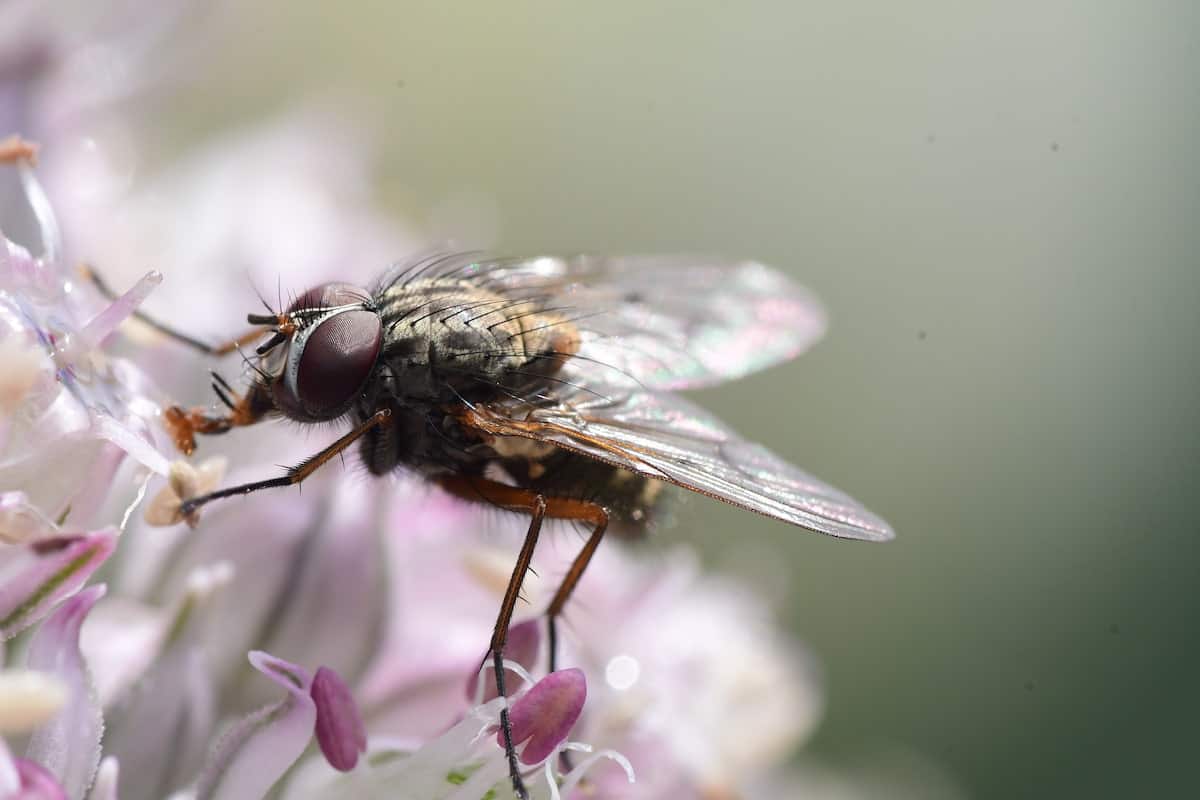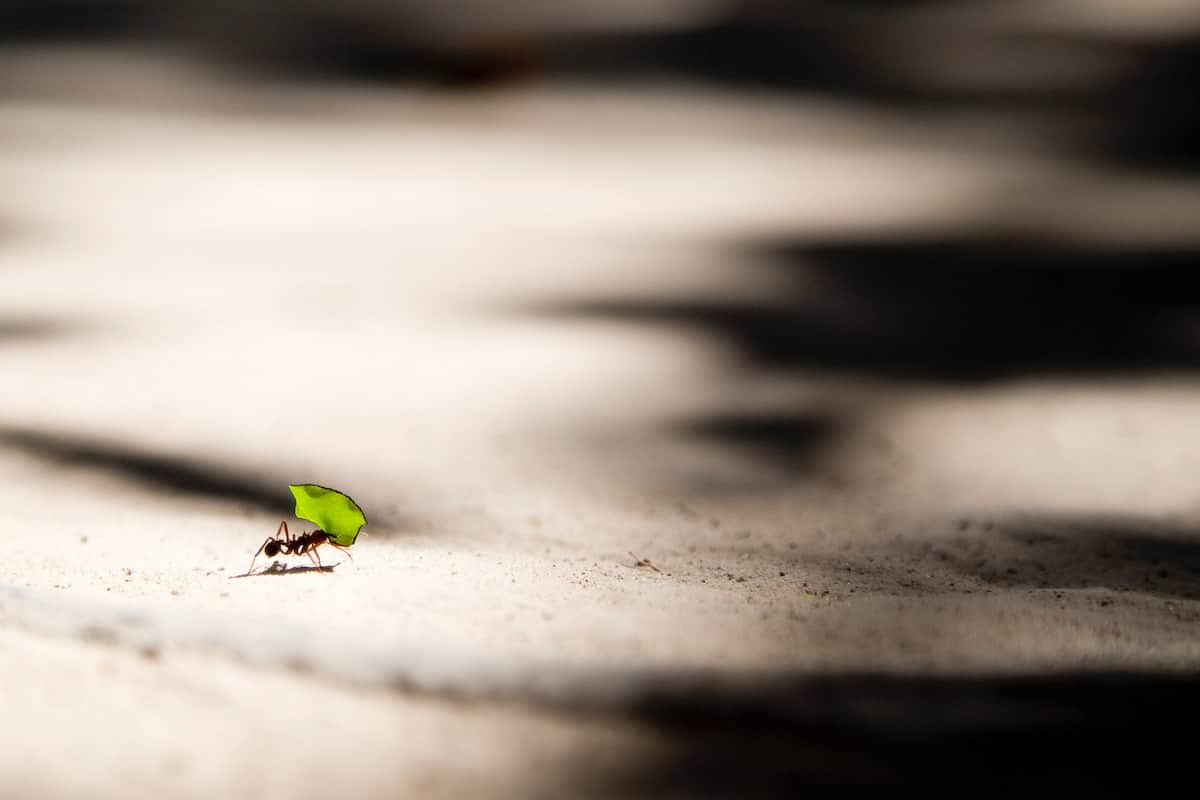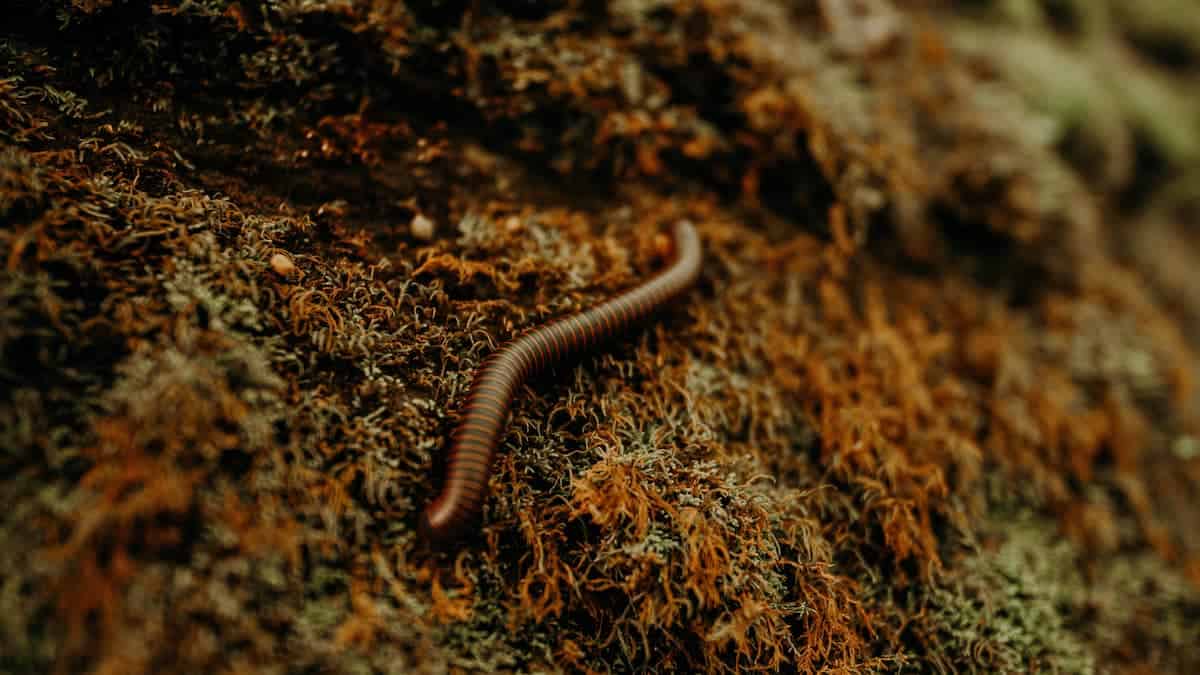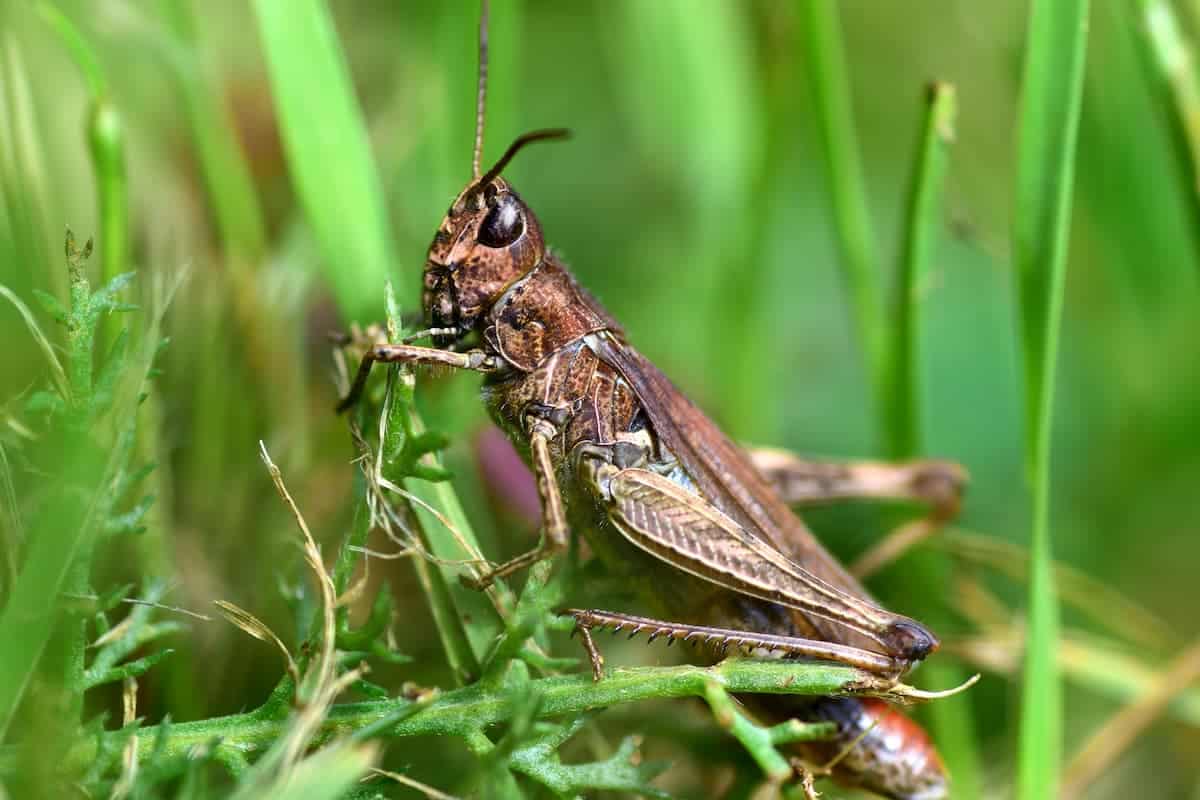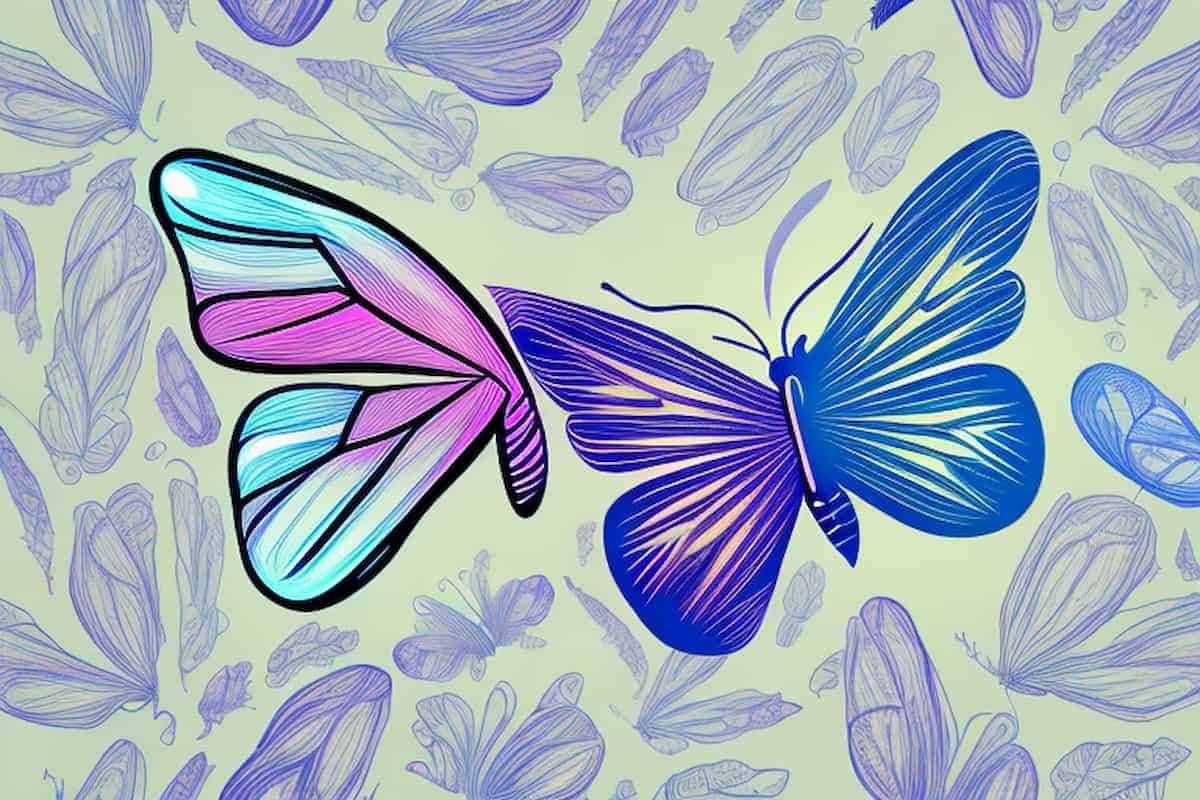Dragonflies are found worldwide near freshwater areas. They are ancient insects; the oldest known species is 320 million years old. These large, brightly colored flying insects have long slender bodies and long transparent wings. They are expert fliers, and their sizable binocular vision eyes have excellent sight and are sensitive to motion. Dragonflies rest during the daytime and sleep at night. But, what do we know about their sleep environment!
Dragonflies sleep on water weeds, in vegetation or foliage, skillfully blending into their surroundings. They are adept at hiding behind long stemmed reeds or safely hanging from the undersides of leaves, keeping them safe from predators. The young larvae sleep within the silt at the bottom of the water.
Do we know if dragonflies sleep? Dragonflies are vulnerable when they are at rest, so how do they protect themselves from predators, and where do they sleep? Can they sleep in artificially created environments?
Do Dragonflies Sleep?
Dragonflies do sleep, but not the same as mammals do. Instead, dragonflies have a ‘sleep state’ known as torpor which lowers body temperature and reduces metabolic functions, making dragonflies less responsive to stimuli. Adult dragonflies and dragonfly larvae need this sleep to function effectively.
Dragonflies are therefore more vulnerable to predators when they are sleeping as their reactions are much slower than when they are awake and more alert.
Where Do Dragonfly Larvae Sleep at Night?
The dragonfly larvae live in the water, where food is abundant. They sleep underwater, camouflaged by aquatic plants and grasses. Once they molt, and the adult dragonflies emerge, they live and sleep nearby their watery home.
Where Do Adult Dragonflies Sleep at Night?
Most dragonflies prefer to sleep in areas near freshwater like rivers, ponds, and lakes, safely hidden away on reeds and grassy tussocks at night. However, a few types of adult dragonflies prefer to sleep near natural saltwater like salt plants on marshlands.
Freshwater
Some adult dragonflies prefer the fresh running water of rivers and streams and others the slow and still waters found in ponds, marshes, and lakes. They feed off mosquitoes and other insects around these waters.
Saltwater
One dragonfly species, the Seaside Dragonlet, prefers the saltwater and coastal marshlands of Northern America. Their larvae sleep in the mudflats under the water, and the young adults sleep on the salt plants of these marshlands or grassy banks of lagoons.
Where Do Dragonflies Sleep In Urban Spaces?
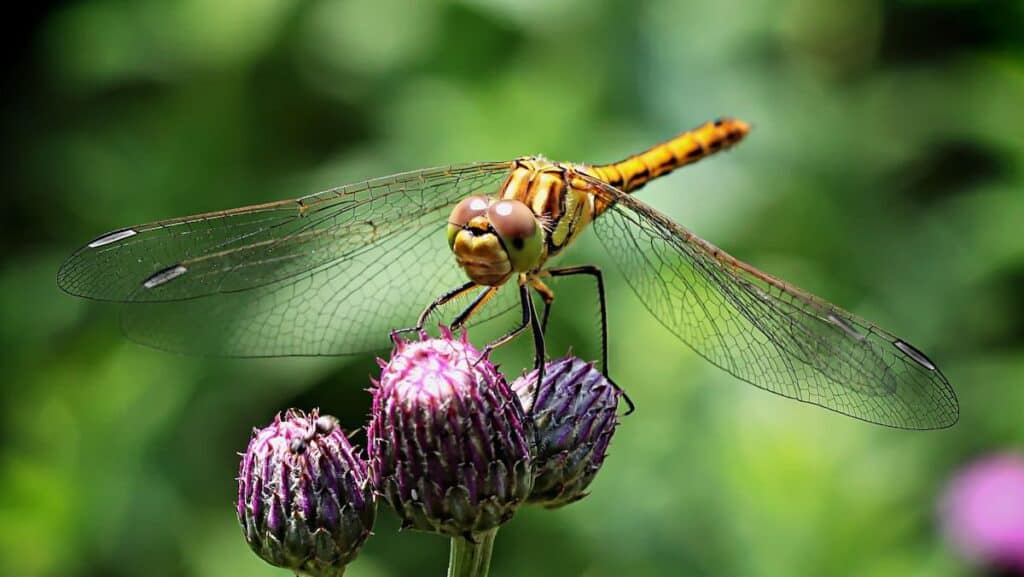
In todays’ increasing urbanization, some of the dragonflies’ natural sleeping areas have been destroyed or disturbed. Dragonflies either relocate to more suitable regions or adapt and colonize to conditions compatible with their natural surroundings.
Dragonflies sleep in artificially constructed areas such as:
Ponds And Water-Features – Gardeners create artificial ponds and water features to attract dragonflies to their gardens. The dragonfly larvae sleep in the submerged and floating aquatic plants or the silt at the bottom of ponds. Adult dragonflies sleep in the surrounding foliage or greenery planted around these ponds.
Quarry Lakes-Abandoned quarries for constructing dams and highways flood naturally through groundwater, rainfall, and snowmelt influences and form quarry lakes. Dragonfly larvae sleep in the shallow shores of the water, and adults sleep in the reeds, sedges, and aquatic vegetation growing at the edge of the lakes.
Other Spaces To Find Sleeping Dragonflies Are:
- Under low-lying bridges built over small streams, you may find them sleeping quietly and still.
- If you live near the desert, you will find sleeping dragonflies in the submerged aquatic grasses and sedges of natural flowing springs.
- In North America, look for sleeping dragonflies at the edge of seaside lagoons nestled between the grassy banks.
- The Hine’s Emerald dragonfly is the rarest in North America, and it is no longer on the extinction list. This rare species sleep in wet meadows and calcareous streams.
- The Giant Darner Dragonfly is the largest in the US, and its sleeping preference is around ponds, rivers, and marshes in the South Western parts of the country.
- The smallest species of dragonfly is the Elfin Skimmer found in the Eastern US. They sleep in marshy places near stagnant pools and bogs.
Where Do Migrating Dragonflies Sleep?
Dragonfly migration occurs worldwide, and vast amounts of some species fly long distances to warmer climates. They follow the passage of cold air currents passing along lakes, seashores, cliffs, or ridges. They may take short rests and sleep along their journey. Some species find nesting grounds and breed along the way or when they reach their final destination.
The migrants find suitable locations at the shallow water of rivers and on cliffs featuring natural waterfalls and rock shelters. Artificial reservoirs with weed vegetation and water conservation dams with abundant vegetation offer dragonflies a safe resting and sleeping space.
While Sleeping, How Do They Protect Themselves From Predators?
Dragonflies protect themselves from predators while sleeping by hiding in vegetation and by using camouflage. The larvae use their camouflage well, as their coloring blends in perfectly with the algae and mud of their habitat.
Adult dragonflies seek shelter and safe spots to sleep by tucking themselves away amongst the greenery of their surroundings. However, many adult dragonflies have beautiful colors that brightly shine when in flight, asleep, and perfectly still. They blend in amazingly well into the undergrowth or background.
Conclusion
Dragonflies sleep in vegetation and foliage found near freshwater. They breed and hatch their young while feeding on vegetation found near these waters. To escape predators while sleeping, they depend on camouflage and hide in the vegetation found around freshwater. Natural ponds, marshes, lakes, streams, meadows, bogs, and seaside lagoons are ideal sleeping grounds for the dragonfly.
Increasing urbanization encroaching on nature has resulted in many natural locations of dragonflies being altered or destroyed. Dragonflies have adapted and colonized to artificially created environments such as artificial ponds, water features, lake quarries, artificial reservoirs, and water conservation dams.
The dragonfly has been around for millions of years. It is a testament to its tenacity to find suitable sleeping areas, migrate to warmer regions, and colonize artificially created spaces.
